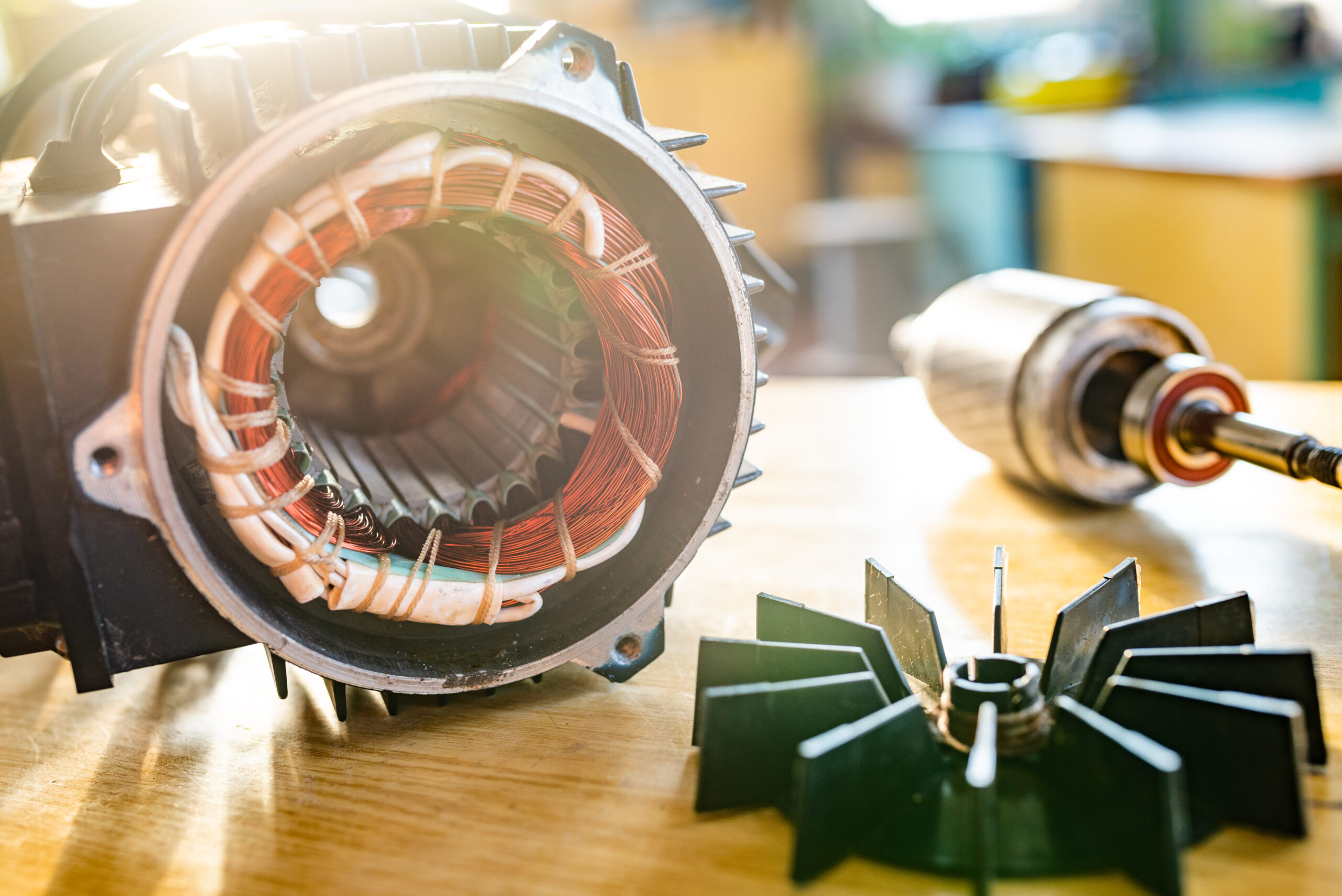
Ever wonder how three-phase power-capable industrial machines function in places with just single-phase power available? Phase converters are the technological marvel that allows this to happen. We’ll go into the inner workings of phase converters in this post, elucidating their types, functions, and applications without overloading you with technical jargons.
Types of Phase Converters
Static Phase Converters
The most basic kind of phase converters are static ones, which are mainly utilized for lesser loads and applications with motors no more than five horsepower (HP). In order to enable the motor to start and run as though it were running on three-phase power, they work by using capacitors to produce a phase shift in the single-phase power source.
Static phase converters have some design limits that make them unsuitable for continuous heavy loads, even though they work well for lightweight gear and occasional operation. Because of its dependability and ability to handle heavier equipment with ease, rotary phase converters or digital phase converters are frequently chosen for larger or more demanding applications.
Rotary Phase Converters
Rotary phase converters provide strong performance in industrial environments and are specifically made for larger machinery and greater loads. These converters convert single-phase input into balanced three-phase output electricity using a spinning converter mechanism. Their remarkable dependability is a result of the idler motor’s mechanical construction, which guarantees steady power delivery.
Because they can effectively power numerous motors at once, rotary phase converters are preferred and are therefore indispensable in contexts where power stability and continuous operation are critical. Because of this feature, rotary phase converters are the recommended option for supplying power to a variety of devices in workshops, manufacturing facilities, and other industrial settings.
Digital Phase Converters
Digital phase converters are a cutting-edge development in power conversion technology that convert single-phase electricity into steady three-phase power with ease. They do this by using complex control systems. Digital phase converters are superior to classical converters at managing fluctuating loads because they may alter output to meet demand without compromising reliability or performance.
Because of their versatility, they are perfect for settings where precise control over power supply is essential or where equipment usage varies. Consistent voltage and frequency regulation is ensured by the integration of sophisticated electronics, facilitating the seamless functioning of delicate machinery in a variety of industrial and commercial applications. Thus, for companies looking for adaptable and high-performing electrical solutions, digital phase converters provide a dependable and economical option.
How Does a Phase Converter Work?
Static Phase Converter Operation
By using capacitors to create a phase shift in the single-phase electrical input, static phase converters make it possible for motors made for three-phase power to start and run efficiently. This technique efficiently mimics the third phase needed for motor activity, making it possible to operate in settings without a specific three-phase power supply.
Static phase converters are useful for smaller machinery and sporadic use, but because of their inherent restrictions in power production and phase balance, they are not advised for continuous large loads. Rotating phase converters, or digital counterparts, are the chosen solution for heavy-duty machinery and continuous industrial applications due to their resilience and capacity to efficiently handle lengthy and severe operational needs.
Rotary Phase Converter Operation
In order to convert a single-phase input into a balanced three-phase output, rotary phase converters use an idler motor that spins like a generator. This conversion procedure guarantees a steady and dependable electrical supply for equipment that needs three phases of power. In order to create the required phase angles, the idler motor synchronizes with the single-phase input, simulating a real three-phase power source.
This balanced output, which distributes constant power across several motors at once, is essential for the smooth running of industrial machinery like lathes, mills, and pumps. Because of its reputation for dependability and efficiency, rotary phase converters are a godsend in situations requiring reliable and continuous electrical performance.
Applications of Phase Converters
Agriculture
Grain dryers and irrigation pumps are only two examples of the agricultural equipment that depends on rotary phase converters for power. They guarantee that these devices get the reliable three-phase electricity required for effective operation in farming environments. Rotary phase converters enable the consistent and dependable operation of irrigation systems and grain drying equipment by converting single-phase input into balanced three-phase output. This is essential for raising farming operations’ productivity and efficiency.
Manufacturing
Because they provide energy to machinery like industrial fans, compressors, and conveyor belts, rotary phase converters are indispensable in industrial settings. These devices provide the necessary power for the continuous operation of conveyor systems, effective compression jobs, and dependable ventilation through industrial fans. They do this by converting single-phase electrical input into balanced three-phase output.
This feature guarantees reliable performance in a variety of industrial settings where efficient machinery functioning is essential to output and overall efficiency. Rotating phase converters play a major role in workflow optimization and productivity maintenance in manufacturing and industrial facilities by allowing the use of three-phase equipment in places where single-phase power is the only available source.
Key Takeaway
Phase converters are invaluable devices that facilitate the operation of three-phase machinery in environments where single-phase power is predominant. Understanding their types, operation, and applications can help businesses make informed decisions regarding their electrical infrastructure needs.
Whether you’re setting up a new workshop or upgrading existing equipment, a phase converter could be the solution you’re looking for to ensure efficient and reliable operation.
By bridging the gap between single-phase and three-phase power, phase converters empower industries to maximize productivity without compromising on technical requirements. Stay tuned for more insights into industrial equipment and technology.